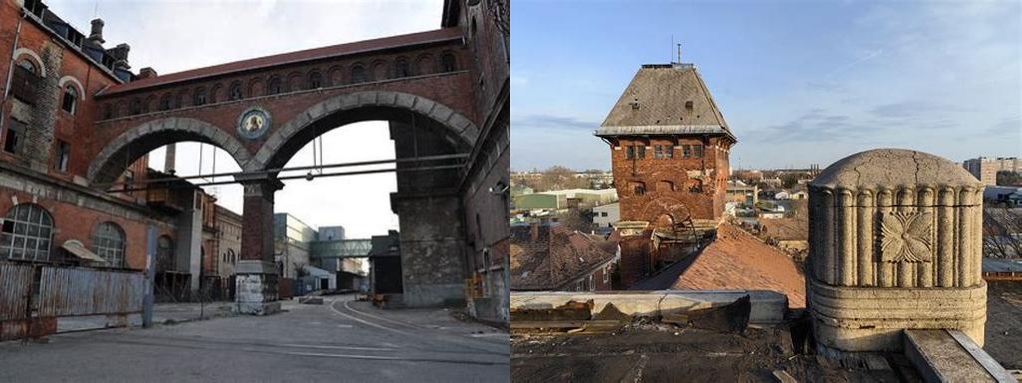
In the unlikely event that you find yourself drifting north in Budapest, past the mainstream museums and the bustling markets, you’ll eventually stumble upon something truly unexpected: the historic Globus Konzervgyár, or, as it’s known in English, the Globus Cannery. It’s not a stately castle or a leafy park, but rather a living, humming testimony to Hungary’s industrial prowess—and its complicated relationship with pickles, peas, and paprika. The story of Globus is not the story of machinery alone; it’s a tapestry woven with local pride, a dash of socialist ambition, and a surprising amount of humanity bottled in brine.
The tale begins in 1882 when a group of visionary Hungarian industrialists first envisioned a facility that could process the abundance of fresh produce spilling in from the countryside. It was the age of steam, of optimism, and of new beginnings. While beer breweries and textile factories were establishing themselves across the city, the Globus Cannery rose with a simple promise: to make the country’s glorious harvest accessible all year round. This might sound ordinary today, but imagine a time when the flavor of a tomato in January was as magical as stumbling upon a palm tree in the tundra.
As decades rolled by, the cannery avoided the dustbin of history by constantly reinventing itself. The two World Wars didn’t spare Budapest, but Globus’s chimneys continued to puff. During the years of socialist rule, the facility mushroomed into a grand industrial complex that would soon feed not only Budapest, but dinner tables across the Eastern Bloc. Back then, executives in starched uniforms—like the often-celebrated János Halász—oversaw a workforce whose livelihood depended on the whirring rhythm of conveyor belts and the scent of simmering vegetable stew. The label “Globus” became a badge of familiarity, a symbol found in every home, tucked away among bottles of cordial and sprigs of dill.
Stepping through the company’s main gate today, you’re not merely walking through a factory; you’re entering an improbable crossroads of food heritage and industrial archaeology. On selected days, visitors can trace the entire journey of a pea—from the moment it’s plucked in fields of Szolnok to its distinctly green appearance inside a glass jar. But what instantly grabs your attention aren’t just the automated filling lines; it’s the subtle ways human hands are still involved. Elderly workers—many with decades under their hairnets—form the soulful backbone of this place, always ready with a story or a mischievous wink. You might even learn about the famous paprika scandal of 1969 or how pickled cucumbers from Globus once won a silver medal in a Parisian expo, a quirky testament to Hungary’s understated soft power.
Architecture buffs might raise an eyebrow at the bold lines of the post-war expansion—hulking warehouse halls that stand in sharp contrast to the original red-brick core. Look closer, and you’ll find preserved mosaics from the optimistic 1970s, murals depicting heroic workers and fantastical scenes of overflowing cornucopias. And, if you’re lucky, your tour could wind up at the petite company museum, where decades-old labels, antique canning machines, and cheery propaganda posters are displayed with minimal fuss and surprising tenderness.
Perhaps the most enchanting part of a visit to Globus Konzervgyár is the genuine sense of continuity. In a world that clamors for all things “artisanal” and “craft,” the cannery remains steadfastly itself: not a sanitized boutique, but a robust, living organism that still produces food for millions. It’s a gentle reminder that tradition can survive in stainless steel—and that sometimes, the heart of a city beats in the places you’d least expect. Whether you leave with a jar of sweet corn or just the memory of an old worker’s laughter echoing in the halls, the cannery embodies Budapest’s past and present, packed tightly beneath its famous lids.





